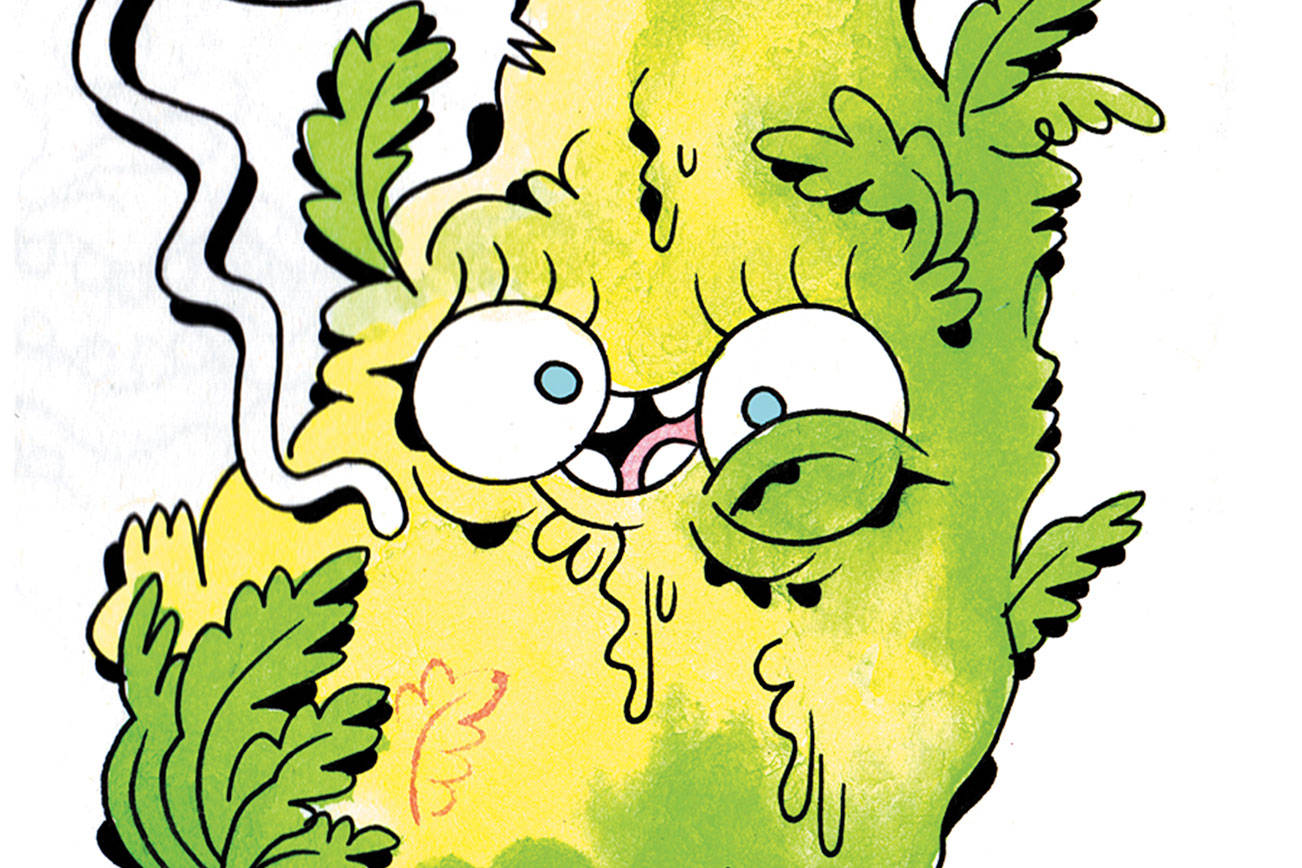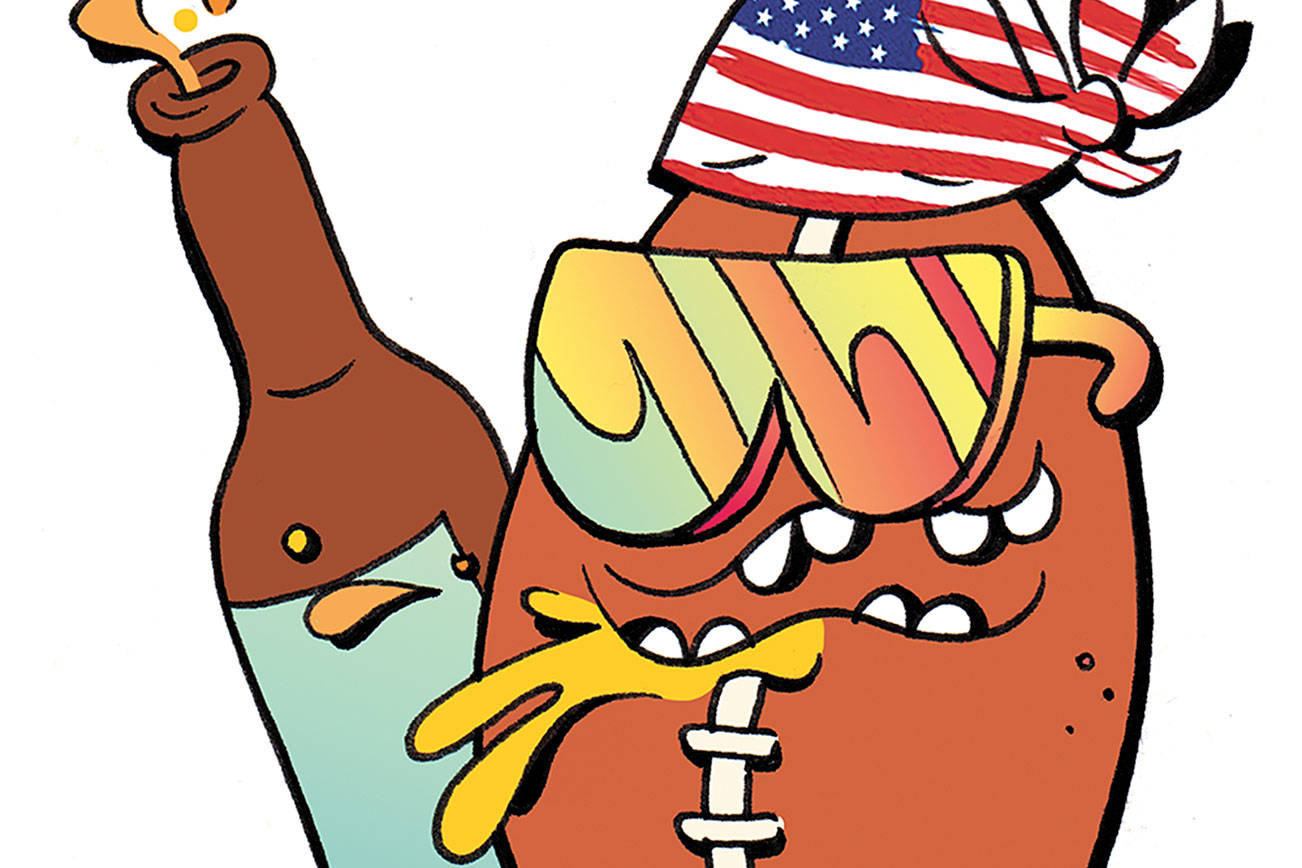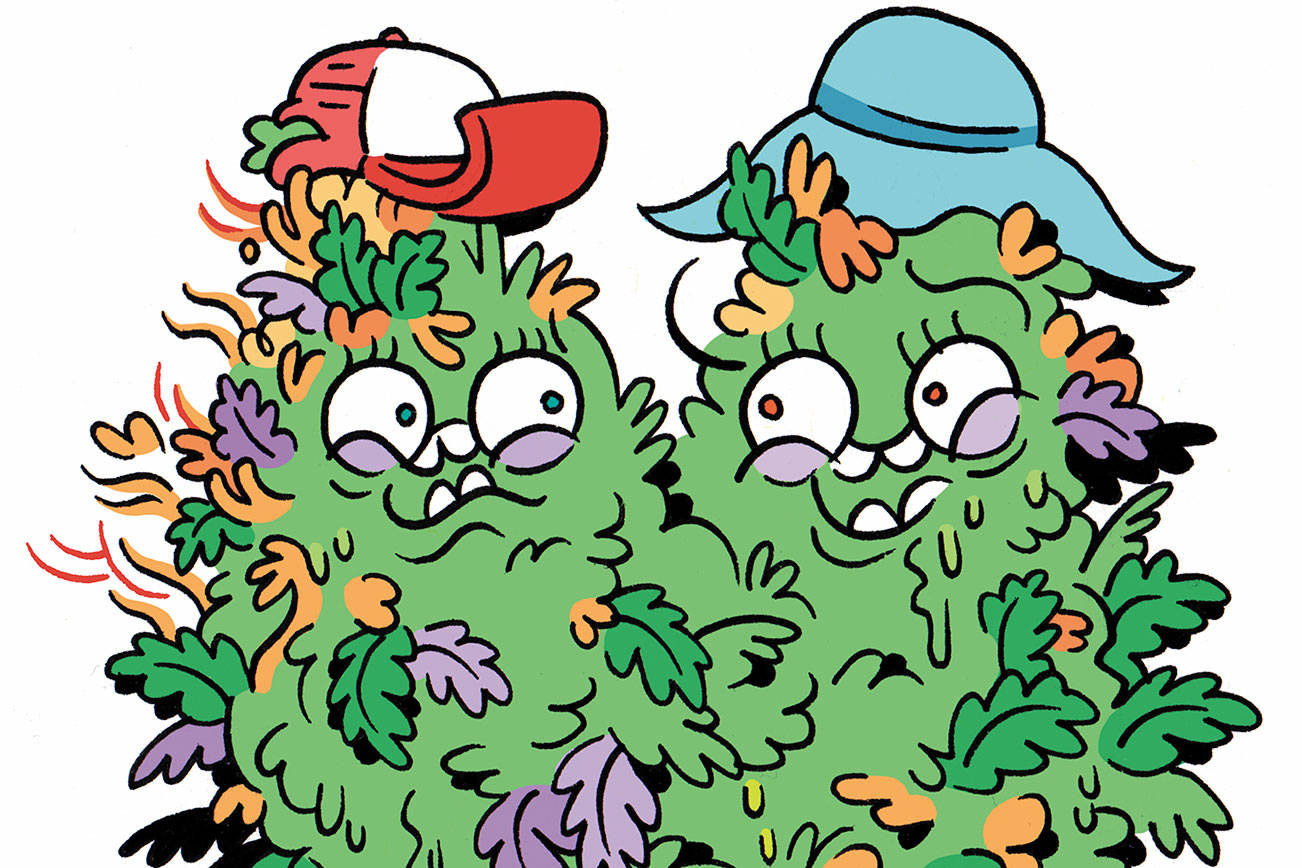Throughout time, cannabis has been thought of as a textile, a building material, fuel, food, medicine, a means of intoxication, and fit for holy consumption. Its many names reveal humans’ multifaceted relationship with weed. As we race into a Green New World, let’s look back at how societies have addressed this protean plant.
The name “ganja” is shared by both Rastafarians and Sadhus, Hindu priests dedicated to worshipping the god Shiva. Both cultures believe smoking ganja gets them closer to their gods. They use it as a sacrament and bless themselves and their surroundings. In the Rig Veda, written around 1500 BCE, ganja is defined as being conceived when Amrita—the juices of the gods as they made love in the sky—fell to the earth. Hindus declare it ‘The Nectar of Pleasure.’
The word “marijuana” did not come into popular usage among Americans until the 1930s. It was smoked chiefly by Latino migrant workers, but recreational use was growing in fashionableness among whites. Harry J. Anslinger, who served as the first commissioner of the U.S. Treasury Department’s Federal Bureau of Narcotics, was an especially eager beaver on the subject of prohibition. Anslinger was super-racist. He believed Latinos — whom he regarded as “rapists and murderers” (sounds familiar…) — had brought marijuana with them as they were fleeing the Mexican Revolution. He was also convinced there was a secret underground in the jazz (read black) music world that was tied to interstate cannabis trafficking. Prohibition was a great way to promote racist ideas, and vice versa. “Jazzed-out” Negroes and sketchy Mexicans suffered from the same stereotype: marijuana = icky brown people.
The infamous “reefer” is another word that came into widespread usage in the 1930s, presumably from a version of the Hispanic word grifa, which means cannabis. But there is a humorous lingual secret here: A reefer is one who reefs, or works sails on a boat, which brings us to…
Hemp and varieties of that word (Old Saxon hanap, Old Norse hampr) have been used around the world to indicate textiles made from this plant. In nearly every culture that uses hemp, the word points to the plant’s utility. In China, where it was used as rope as far back as 4000 BCE, the word for hemp means “rough” or “durable.” The Chinese showed the rest of the world how tough hemp cloth could be, providing Europe with the sails that sent their ships around the globe. “Hemp” descended from the Proto-Germanic hanapiz, which itself is a form of the word cannabis.
The Hebrews had qannabbôs or qêneh bosem, both meaning “reed of balm” or “aromatic reed.” Cannabis is mentioned in the Song of Songs (a chapter in the Old Testament about knocking boots), and it’s recommended as a critical component in the polish for the Ark of the Covenant. You read that correctly: Yahweh instructs his disciples to wax his “special stash box” with cannabis oil.
The word “cannabis” may originally come from the Scythians, the wild, nomadic horse tribes that traversed what is now Central Asia. Their “vapor baths,” famously reported by Herodotus (the ancient professional hippie who was getting high with Africans and aliens: http://www.seattleweekly.com/food/the-dark-star-of-doobage/ ) in 450 BCE, were created by arranging a few poles, some hemp canvases, and a brazier with hot coals. They basically were the first people on record to “hotbox.” People thought Herodotus was just a burnout, but new archaeological expeditions have uncovered graves with tent poles, hemp canvases, and — wait for it — stoneware braziers with charred cannabis seeds.
stashbox@seattleweekly.com








